How can seasons on Saturn’s largest moon, Titan, influence its atmosphere? This is what a recent study published in The Planetary Science Journal hop | Space
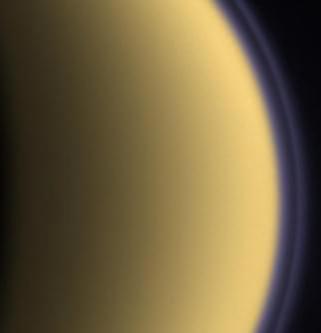


Learning and motivation are driven by internal and external rewards. Many of our day-to-day behaviours are guided by predicting, or anticipating, whether a given action will result in a positive (that is, rewarding) outcome. The study of how organisms learn from experience to correctly anticipate rewards has been a productive research field for well over a century, since Ivan Pavlov’s seminal psychological work. In his most famous experiment, dogs were trained to expect food some time after a buzzer sounded. These dogs began salivating as soon as they heard the sound, before the food had arrived, indicating they’d learned to predict the reward. In the original experiment, Pavlov estimated the dogs’ anticipation by measuring the volume of saliva they produced. But in recent decades, scientists have begun to decipher the inner workings of how the brain learns these expectations. Meanwhile, in close contact with this study of reward learning in animals, computer scientists have developed algorithms for reinforcement learning in artificial systems. These algorithms enable AI systems to learn complex strategies without external instruction, guided instead by reward predictions.
The contribution of our new work, published in Nature (PDF), is finding that a recent development in computer science – which yields significant improvements in performance on reinforcement learning problems – may provide a deep, parsimonious explanation for several previously unexplained features of reward learning in the brain, and opens up new avenues of research into the brain’s dopamine system, with potential implications for learning and motivation disorders.
Reinforcement learning is one of the oldest and most powerful ideas linking neuroscience and AI. In the late 1980s, computer science researchers were trying to develop algorithms that could learn how to perform complex behaviours on their own, using only rewards and punishments as a teaching signal. These rewards would serve to reinforce whatever behaviours led to their acquisition. To solve a given problem, it’s necessary to understand how current actions result in future rewards. For example, a student might learn by reinforcement that studying for an exam leads to better scores on tests. In order to predict the total future reward that will result from an action, it’s often necessary to reason many steps into the future.
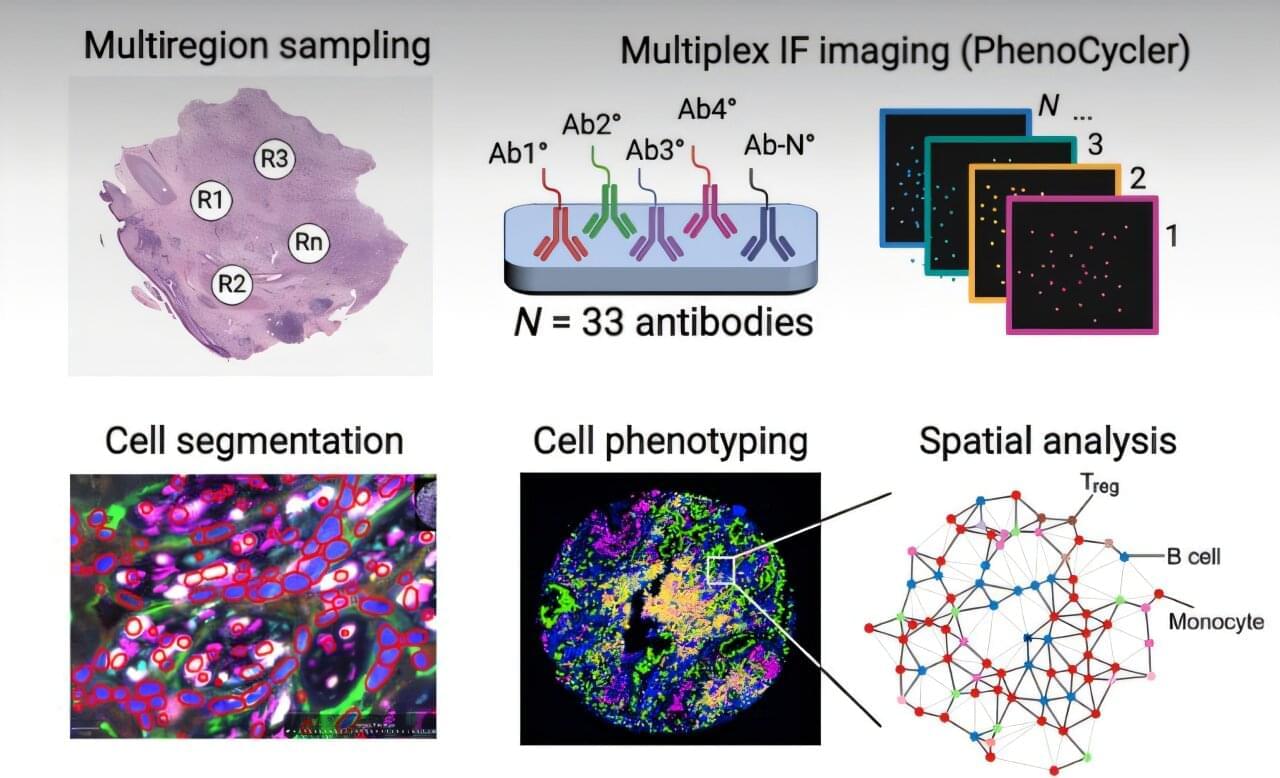
Amidst the continued struggle to treat non-small-cell lung cancer, a new study led by Stanford University scientists suggests that a patient’s response to immunotherapy may hinge on how immune cells cluster around tumors. Their results reveal that spatial arrangements of certain immune cells within tumors can serve as powerful predictors of treatment response, surpassing existing biomarker tests.
Lung cancer leads global cancer mortality, and non-small-cell variants make up more than 80% of cases. Immune checkpoint inhibitors have transformed therapy yet help only 27–45% of recipients.
Reliable predictive biomarkers for immunotherapy response have eluded clinicians, who currently rely on PD-L1 immunohistochemistry, tumor mutational burden, and microsatellite stability tests, each offering modest predictive performance across trials and are prone to inconsistency.
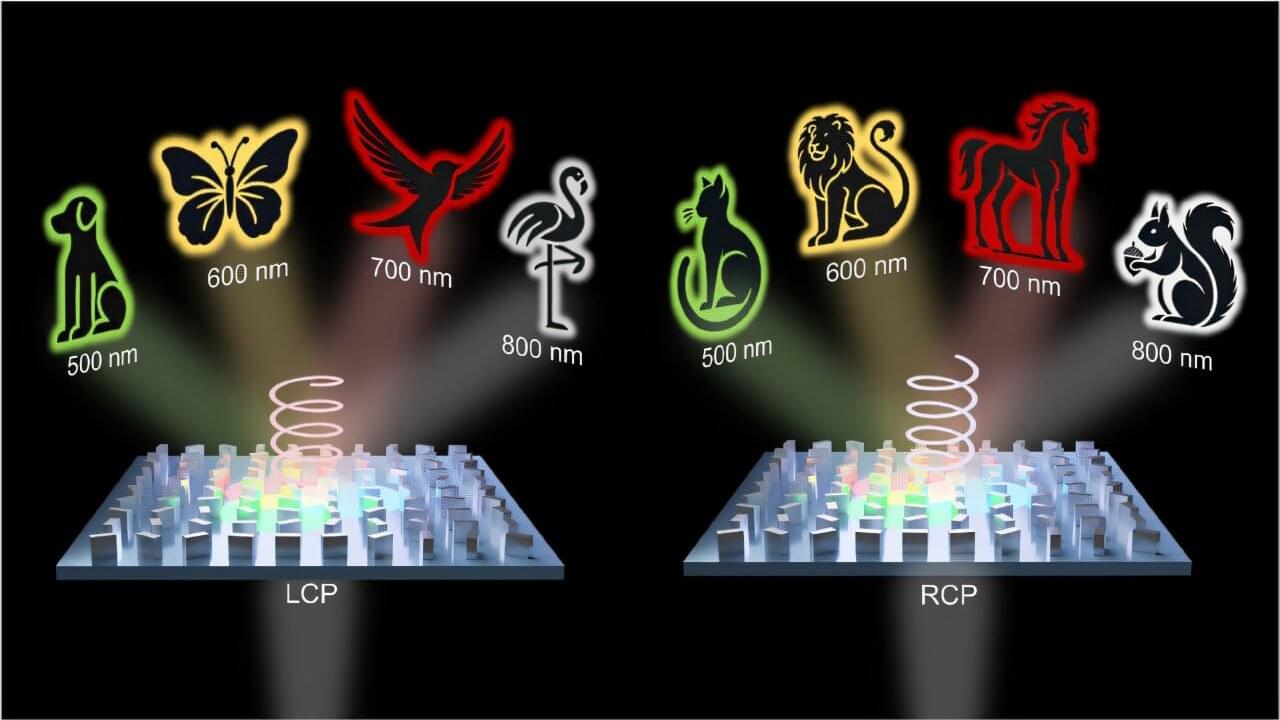
From smartphones and TVs to credit cards, technologies that manipulate light are deeply embedded in our daily lives, many of which are based on holography. However, conventional holographic technologies have faced limitations, particularly in displaying multiple images on a single screen and in maintaining high-resolution image quality.
Recently, a research team led by Professor Junsuk Rho at POSTECH (Pohang University of Science and Technology) has developed a groundbreaking metasurface technology that can display up to 36 high-resolution images on a surface thinner than a human hair. This research has been published in Advanced Science.
This achievement is driven by a special nanostructure known as a metasurface. Hundreds of times thinner than a human hair, the metasurface is capable of precisely manipulating light as it passes through. The team fabricated nanometer-scale pillars using silicon nitride, a material known for its robustness and excellent optical transparency. These pillars, referred to as meta-atoms, allow for fine control of light on the metasurface.
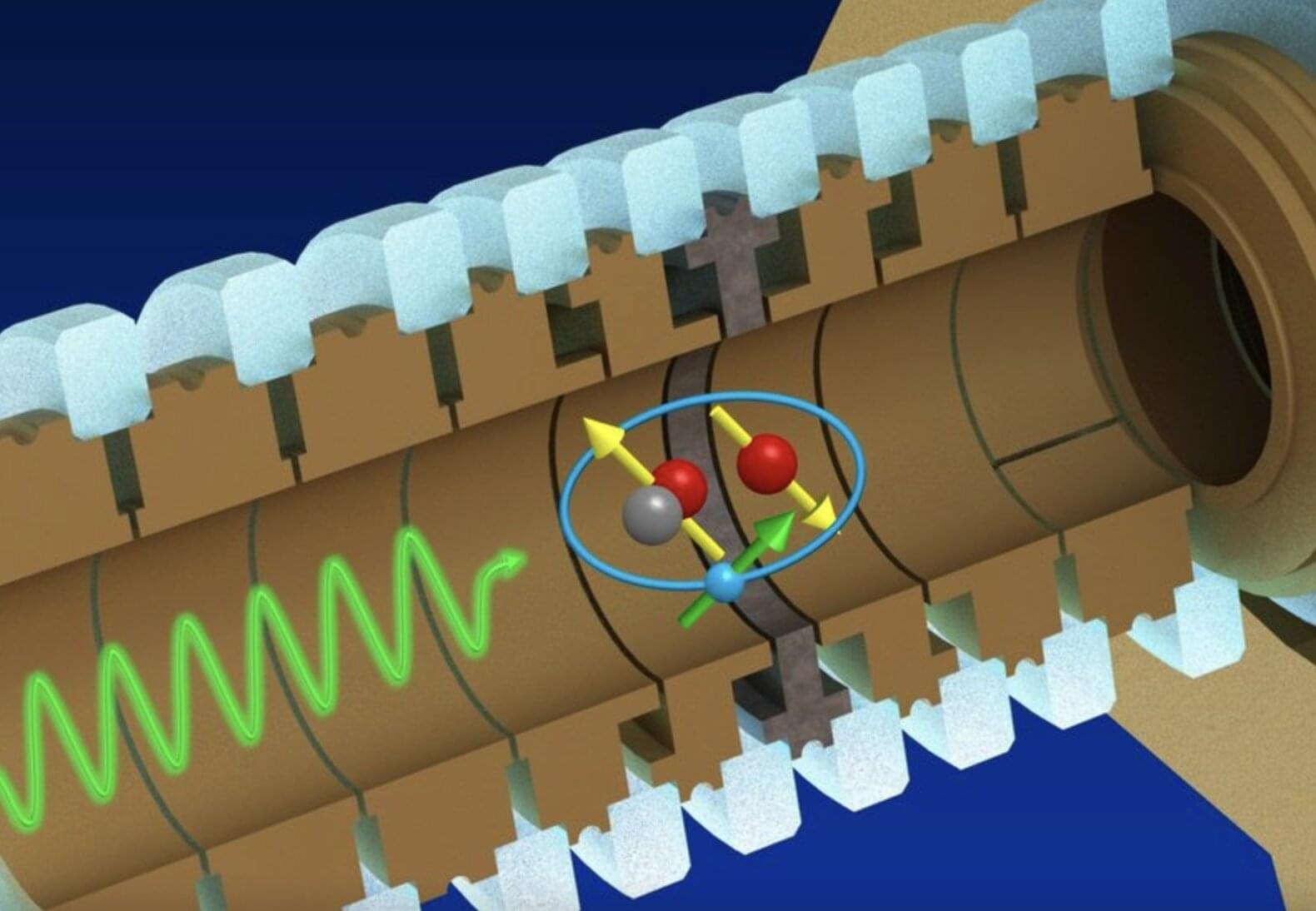
The precise measurement of states in atomic and molecular systems can help to validate fundamental physics theories and their predictions. Among the various platforms that can help to validate theoretical predictions are so-called diatomic molecular hydrogen ions (MHI), molecular ions that consist of two hydrogen nuclei (i.e., protons or their isotopes) and a single electron.
Compared to atomic ions, these molecular ions have a more complex internal structure, as they contain two nuclei instead of one. Even when they are in their lowest possible electronic energy level (i.e., the electron’s ground state), these two nuclei can still rotate and vibrate, producing a wide range of rovibrational states.
Researchers at the Max Planck Institute for Nuclear Physics recently introduced a new method to precisely control and non-destructively measure the rovibrational ground state of a single molecular hydrogen ion in a Penning trap (i.e., a device that confines charged particles using static electric and magnetic fields).

Modern computer chips generate a lot of heat—and consume large amounts of energy as a result. A promising approach to reducing this energy demand could lie in the cold, as highlighted by a new Perspective article by an international research team coordinated by Qing-Tai Zhao from Forschungszentrum Jülich. Savings could reach as high as 80%, according to the researchers.
The work was conducted in collaboration with Prof. Joachim Knoch from RWTH Aachen University and researchers from EPFL in Switzerland, TSMC and National Yang Ming Chiao Tung University (NYCU) in Taiwan, and the University of Tokyo. In the article published in Nature Reviews Electrical Engineering, the authors outline how conventional CMOS technology can be adapted for cryogenic operation using novel materials and intelligent design strategies.
Data centers already consume vast amounts of electricity—and their power requirements are expected to double by 2030 due to the rising energy demands of artificial intelligence, according to the International Energy Agency (IEA). The computer chips that process data around the clock produce large amounts of heat and require considerable energy for cooling. But what if we flipped the script? What if the key to energy efficiency lay not in managing heat, but in embracing the cold?
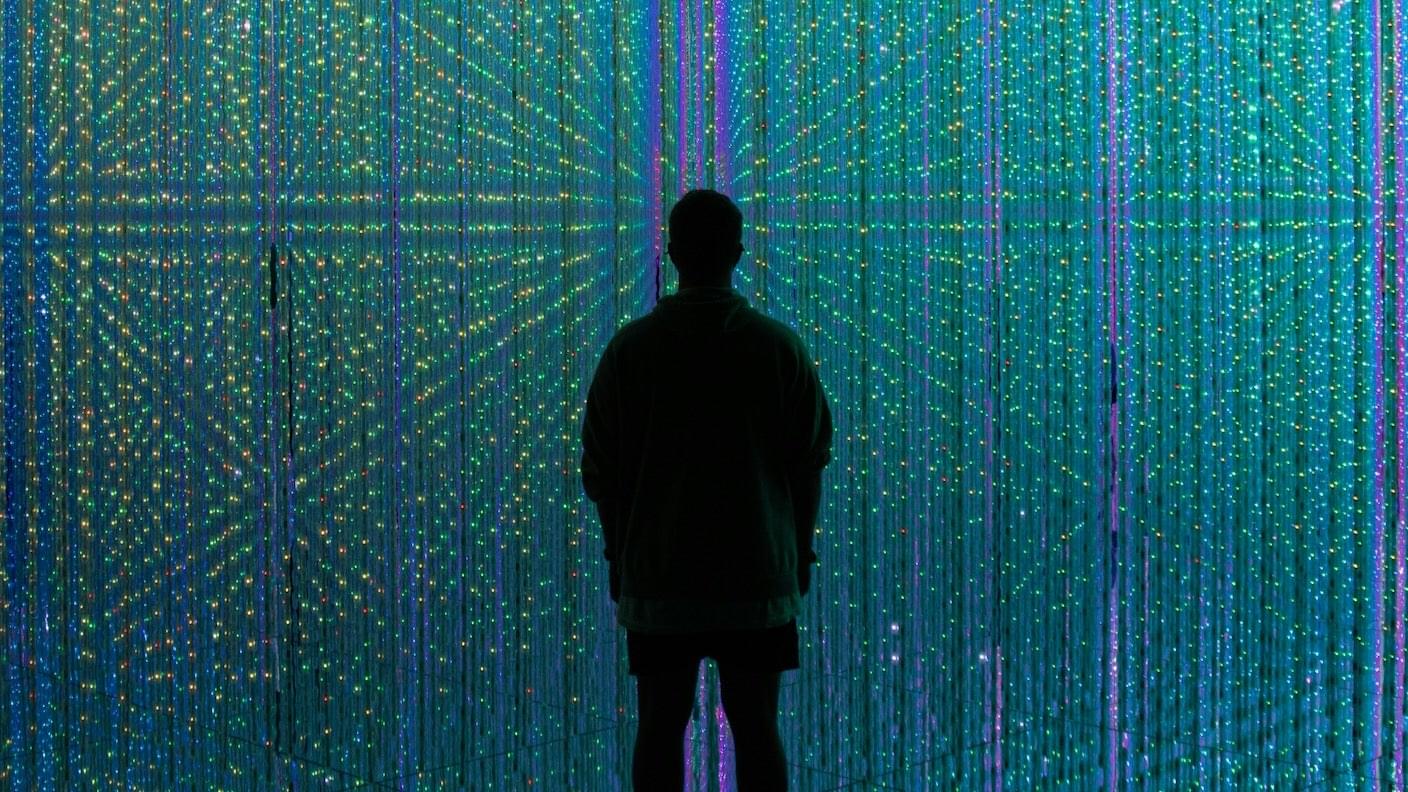



IN A NUTSHELL 🌱 Researchers at the University of Tokyo developed a method to produce ammonia using artificial photosynthesis. 🔬 The process mimics natural nitrogen fixation by cyanobacteria, utilizing atmospheric nitrogen, water, and sunlight. ⚙️ This method uses a combination of iridium and molybdenum catalysts to enhance reaction efficiency. 🌍 The innovation promises to reduce